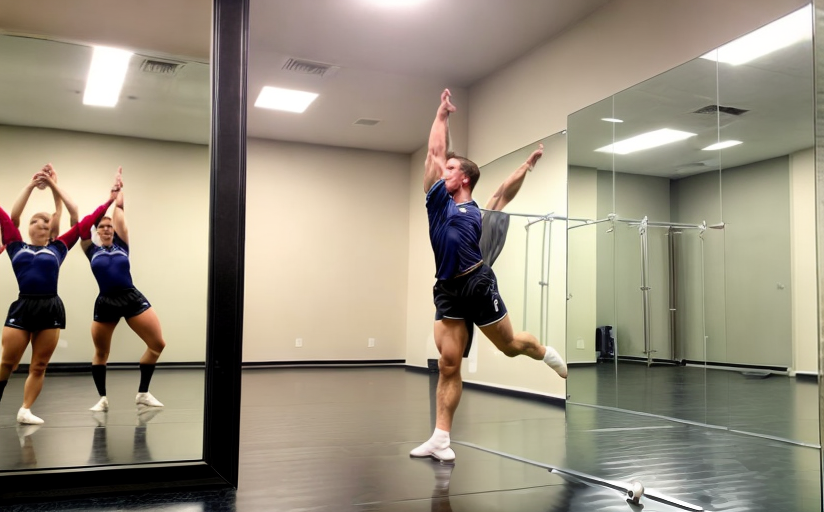Classical Ballet Training: A Surprising Power Booster for Professional Athletes
The relationship between ballet and athleticism might not be an obvious one at first glance. However, it is no secret within the professional sports world that classical ballet training can offer some significant performance enhancements. From refining agility to enhancing flexibility, ballet brings in a surprising yet powerful perspective into athletic training.
Uncovering the Ballet-Athletics Connection
Ballet and athletics are disciplines considered worlds apart, with the former often associated with elegance and the latter with brute strength. This misconception often leads to the dismissal of any potential connections. However, they have more in common than perceived - both demand an exceptional level of fitness, quick reflexes, agility, and a sound mind-body connection.
The Benefits of Ballet Techniques in Athletic Training
Various professional athletes have incorporated ballet into their training routine, resulting in several benefits:
- Improved Balance and Stability: Ballet focuses on the core and needs fine-tuned balance, aiding athletes particularly in contact and balancing sports.
- Enhanced Flexibility: Ballet exercises stretch and strengthen muscles, resulting in increased flexibility which can prevent sports injuries.
- Boosted Agility: Ballet enhances the coordination of muscles and fosters swift, precise movements.
- Greater Endurance: Long hours of rehearsal improve stamina, an essential trait for every athlete.
Sage Wisdom from Experts
Renowned sports trainers and ballet teachers alike champion the incorporation of ballet techniques into athletic training. They affirm that the alignment, precision, and discipline in ballet can refine an athlete's performance significantly.
Stories from the Field: Athletes Profiting from Ballet
Famous athletes have adopted ballet as an integral part of their training regime. Notable examples include former NFL player Lynn Swann and NBA star Dirk Nowitzki. Their adoption of ballet techniques into their training as a means to improve agility, balance, and body awareness speaks volumes about the benefits of this approach.
Wrapping Up
The positive influence of classical ballet training on the performance of professional athletes is undeniable, challenging previous misconceptions of its applicability. It offers a fresh and powerful perspective of how competence in sports can be enhanced beyond the usual training techniques. The discipline, precision, and unique conditioning of ballet can unquestionably bring new possibilities to the world of athletics.
















Comments
Leave a Comment